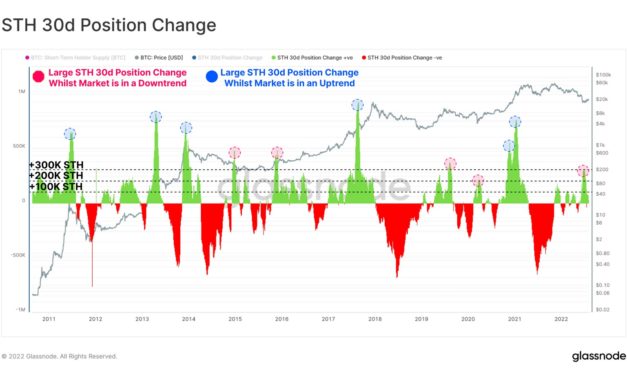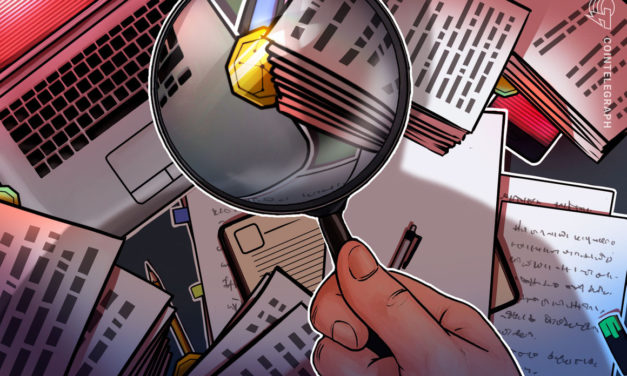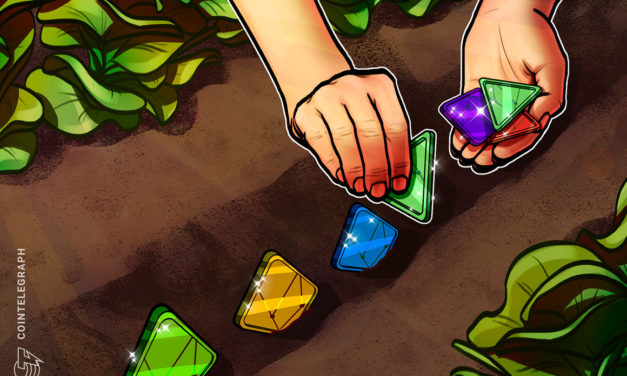Former Goldman Sachs banker explains why Wall Street gets Bitcoin wrong
John Haar, a former asset manager at financial institution Goldman Sachs believes the lack of support from “legacy finance” for Bitcoin stems from a poor understanding of the cryptocurrency. Haar’s views were expressed in an essay on Aug. 14, which was originally sent to private clients of Bitcoin brokerage platform Swan Bitcoin. Haar previously spent 13 years at Wall Street asset management giant Goldman Sachs, before joining Swan Bitcoin as managing director of Private Client Services in April 2022. The essay explains that not only do people in “legacy finance” fail to understand what he considers one of Bitcoin’s (BTC) primary principles, the idea of sound money is lost on them in general, which Haar says leads them to negative opinions about the crypto. “After many conversations, I can say that if there are people in legacy finance who have a well-researched stance on why Bitcoin is not a good form of money or why Bitcoin will not succeed, I was not able to find them.”Haar noted that he became interested in Bitcoin in 2017 based on the hype he saw in traditional media about it. He believes that the history and fundamentals of Bitcoin made him excited to discuss it with anyone, adding that Bitcoin “improves upon gold’s shortcomings.”On the other hand, Haar notes that negativity from Wall Street is a result of six different reasons stemming from a lack of research on Bitcoin and an understanding of history. He acknowledged that becoming familiar with the Bitcoin lexicon and its underlying principles is a “daunting task,” but that people in legacy finance do themselves no favors by pretending to understand them.“It’s much more common for one to pretend to be well-versed on a given topic and take a strong opinion regardless of one’s underlying knowledge — and this is especially true for a topic that touches the world of investing.”He also believes conditioning through governmental central planning, people generally following the consensus, only thinking about its application in developed countries, and a desire to maintain the status quo are also contributing factors. Haar said that these last four aspects conspire in various ways to act as a shield for legacy finance to stand behind in defense of the financial systems that are already in place.Related: Crypto-focused venture firm Dragonfly acquires hedge fund: BloombergHaar adds that “There is nothing inherently bad about these things,” but notes that these behaviors prevent people in legacy finance from becoming independent thinkers and early adopters of new technology. He also pointed out that the people in legacy finance are often highly specialized in their field, which he suggests has the tendency to give those people tunnel vision of their own world. “They earn a living by knowing the specifics of their corner of the financial services sector. There is little incentive for them to examine the fundamentals of the system.”
Čítaj viac






